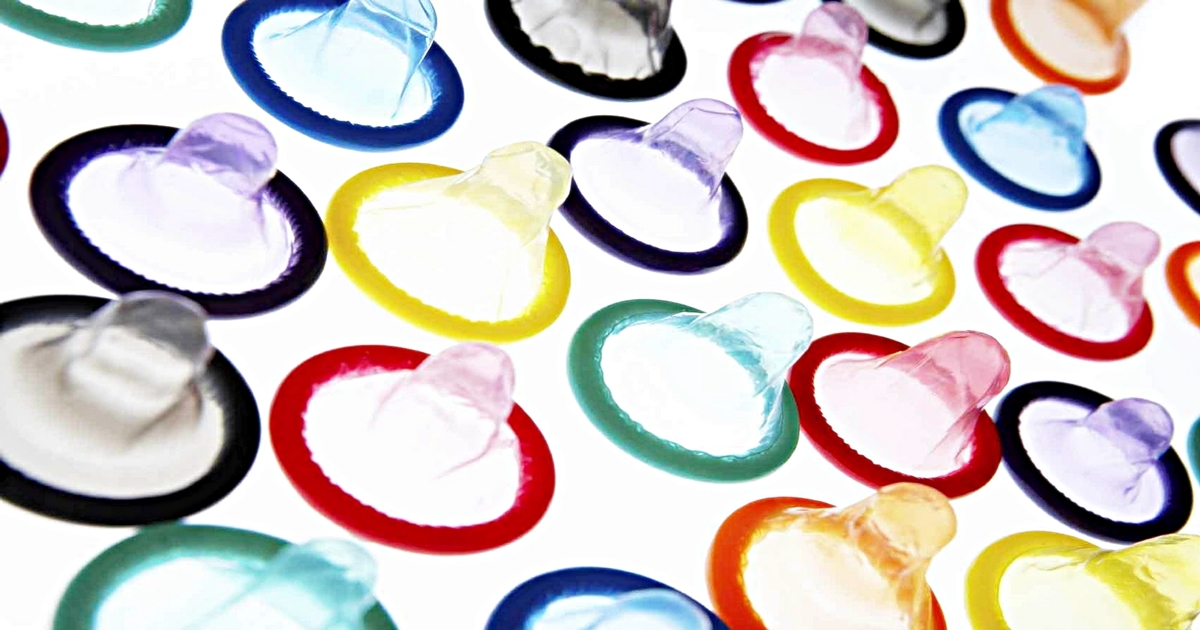According to a 2006 study in Namibia, one of the barriers to condom use in Africa is that people there believe that the condoms themselves contain AIDS.
Those in the west dismiss this possibility out of hand, noting the absurdity of wanting to infect Africans with HIV/AIDS. But given that numerous societies throughout history have intentionally infected foreign populations with deadly diseases, it bears at least checking the simple question of feasibility: How hard would it be to distribute HIV in condoms?
It turns out that there are several difficulties. One challenge is that HIV isn’t actually very infectious. You’d need to plant a large sample of HIV in each condom to reliably achieve infection. Spreading more infectious viruses like Hepatitis would be much more tractable.
Furthermore, HIV is quite fragile. It can’t sustain itself outside the human body very well and dies as soon as any blood containing it dries. So condoms laced with HIV would have to be sealed quickly and completely. This is doable if it is done in a factory setting. Achieving a good seal with a new wrapper would be difficult but possible with around $5000 in used sealing equipment.
Assuming you had some HIV+ individuals whose blood you could milk for virus, you could likely fill about 9000 condoms per pint of blood and withdraw one pint a month. Culturing it outside the body would be quite difficult and probably not worth the hassle since the lifecycle of HIV requires human blood of some sort anyway. Maybe if you kept a vat of human blood at room temperature, you could mix in uninfected blood as feedstock and continue culturing blood without needing to milk only infected individuals, but keeping the blood fresh enough over time and preventing it from drying out could be difficult.
Some people might counter that this wouldn’t work at all because “air kills HIV”. But that’s really only true after the solution that HIV is in dries. That’s why needles can contain HIV over 4 weeks after they’ve been used by an infected individual. Assuming a needle is a good model for the inside of a sealed condom wrapper, then it appears that this might actually be more feasible than initially expected.
However, the main problem would probably be temperature. Although HIV can survive in needles for up to 42 days when refrigerated around +4 degrees C, needles whose temperature rises even a little above room temperature (or to the common room temperature in much of Africa) can’t survive even a week. So even if someone wanted to, it looks like it would be quite difficult to successfully plant HIV in condoms… at least any condoms destined to be distributed in Africa.

One Response to “Putting HIV In Condoms: A Feasibility Analysis”
April 23
DianaNot just in Namibia. A nationally representative sample of African American men showed that 4% believed that HIV is put in condoms by doctors http://www.ph.ucla.edu/epi/faculty/detels/Epi227/reader/Davis_JAIDS_2005.pdf